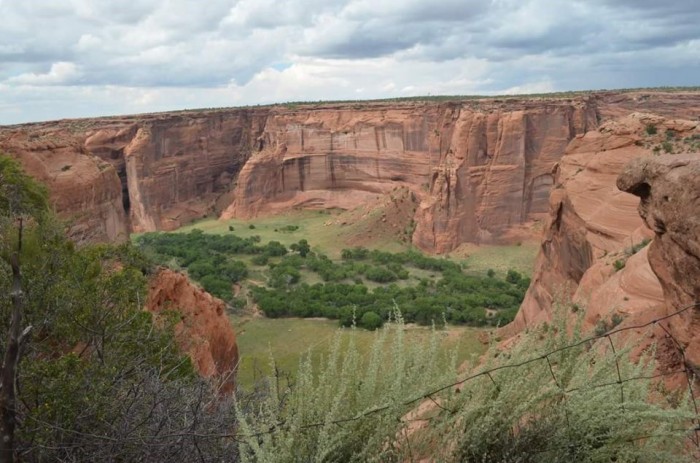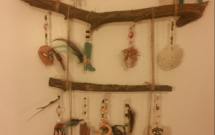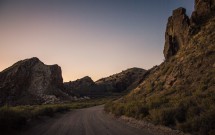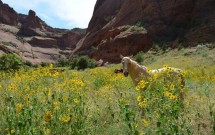
Since beginning my apprenticeship as an art therapist/counselor in training here at SWC in 2014, I had my most challenging quarter in the spring of 2016. For the first two years I felt like I was doing a lot of personal transformation work in the safety of some of my cocoon-like classes. Since the beginning of practicum in the spring quarter, I felt the internal struggle of change, life circumstances, and growth as I emerged into a professional role with a greater sense of self. I worked at solidifying my theoretical orientation to help others in the mental health field, yet felt conflicted with how I could hold and practice two worldviews in healing.
On one hand, I was indoctrinated into the Western medical model when addressing the needs of those suffering and falling ill. I spent almost my entire life being educated in English, learning the “American” way, and conforming to mainstream cultural norms. I value the higher education I received from UNM, which gave me the opportunity to dive into more diverse areas of knowledge and has helped me to question paternalistic idealism; sources of knowledge; standards of fine art; and who or what determines what true health is.
The other hand speaks to the implicit and non-ordinary realms of healing. As far back as I can recall I have been exposed to Navajo healing ceremonies. My grandfather, before being forced to attend the Ft. Wingate boarding school, was the apprentice of a great medicine man by the name of Jeff King. I grew up learning the do’s and don’ts as implicit information. I watched and learned. I was to pay attention to the details of how things were done, with intention and mindfulness. Until my personal work at SWC I didn’t realize all the values and beliefs that were instilled in me.
Part of my soul’s work in my second year was going on the Wilderness Fast, through the Ecotherapy Certificate program in the fall of 2015. At first, I was pretty apprehensive about the term itself. I had to do some soul searching and a lot of praying, which also meant questioning the administration and the accompanied handbook (Trail to the Sacred Mountain by Foster). I spoke to Carol Parker and she shared her learning and working experience with traditional Peruvian healing knowledge. I can imagine she receives a lot of questions regarding Native appropriation in particular to this program of study she has cultivated. Ann Filemyr was also a safe resource for me as I struggled and questioned what was right for me in honoring my own Navajo lineage.
As I was pre-reading the handbook, with a bit of skepticism, I came across a woman who had personally worked with the authors. After we spoke about her interaction with the couple and where they were coming from when writing this handbook, I felt more at ease with the material. I came to find the information neutral and not bent on a specific Native lineage that I could clearly identify. As I was internalizing this inner conflict of authentic transformation, I began to feel at ease with the choice I was preparing to make and I begin to experience synchronistic events validating my conclusion.
Once my decision was made to attend the Wilderness Fast I set an intention to take that opportunity to define two rites of passages for myself. The first was to purposefully connect with Changing Women, as I would have if I had had my Kinaalda (traditional Navajo puberty ceremony) when I was a young woman. The other was to reflect and lean into my current life’s transition, my only son leaving the nest to become a man himself.
The eight-day Wilderness Fast experience is one I will never forget and will always hold in my being. I was honored to hike down Canyon de Chelly, absorbing its grandness and sacredness of my people’s land. I could hear the wind whispering in my ears and I saw the faces of my ancestors on the canyon walls. I was home.
Since then, I have become a “Woman of Power connected to the land and Spirit.” I am the change I want to see in the world and I want to share that with others. I was once at a crossroads in my theoretical ideology, but with more practice and experience I learned to keep figuring out how to integrate both healing perspectives for the greater good of all people, but especially with indigenous cultures worldwide.
 Southwestern College Santa Fe, NM
Southwestern College Santa Fe, NM





